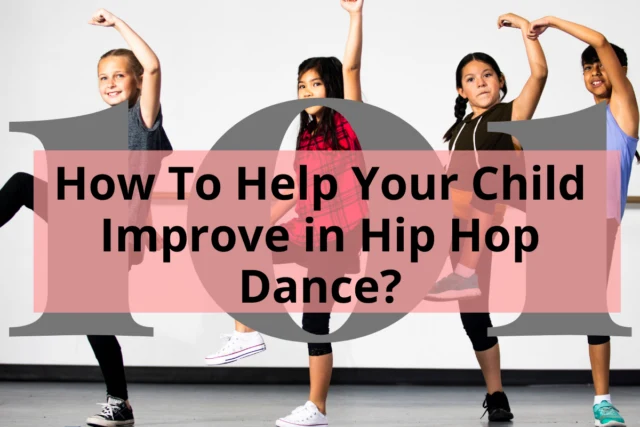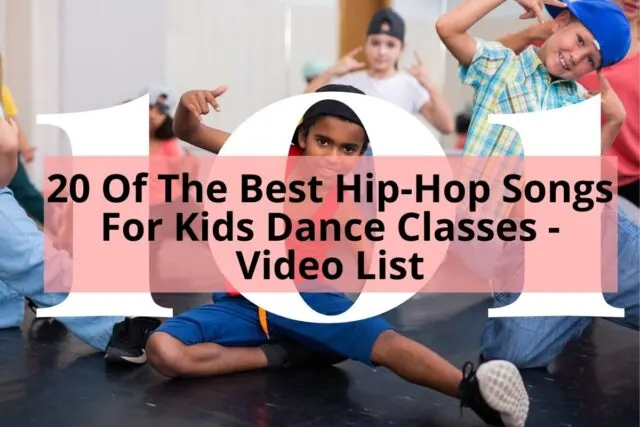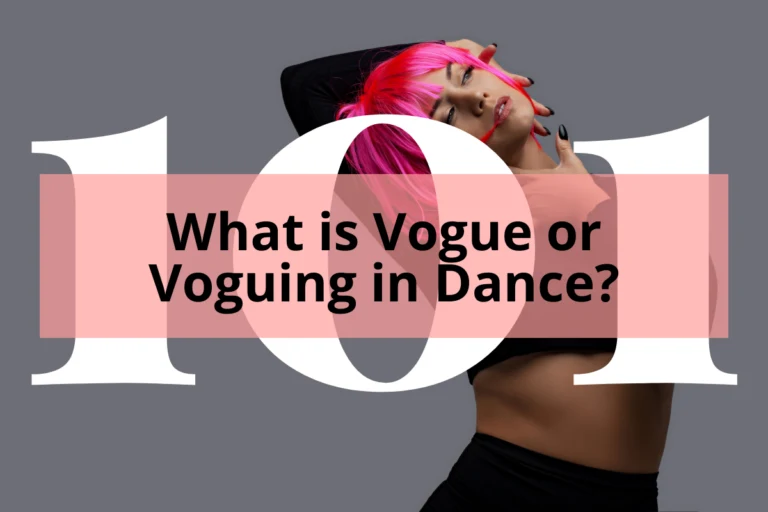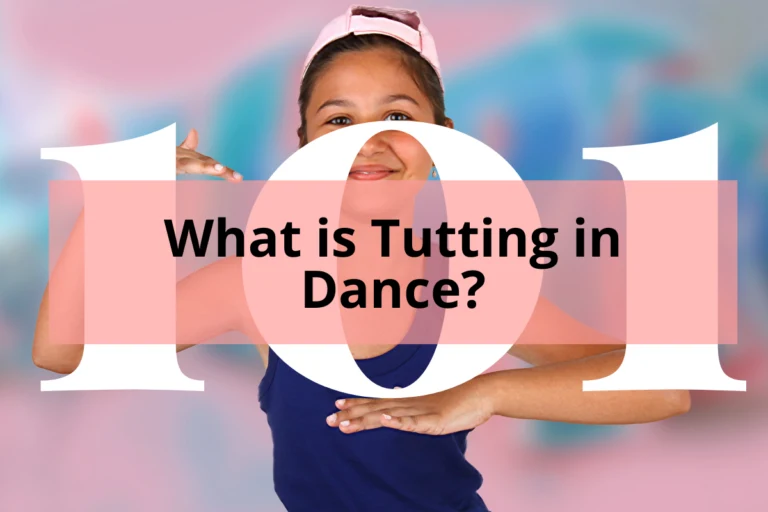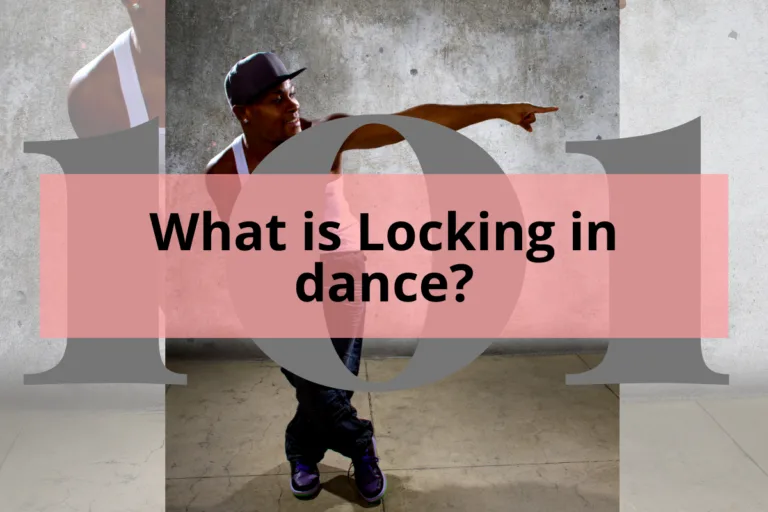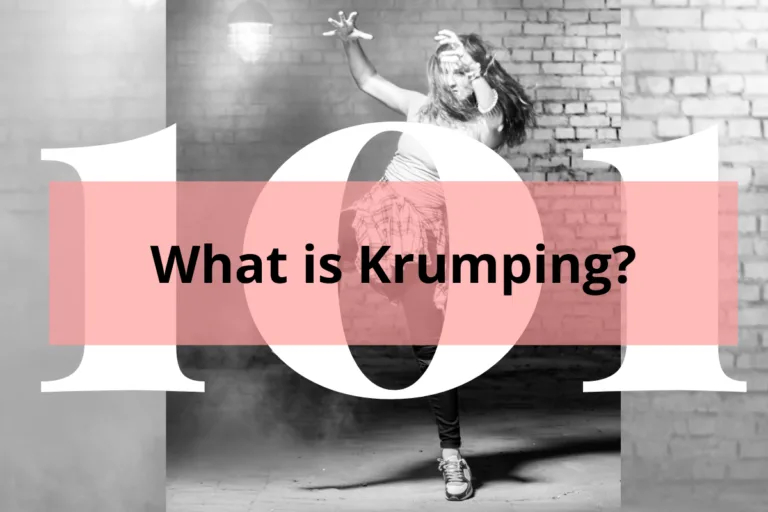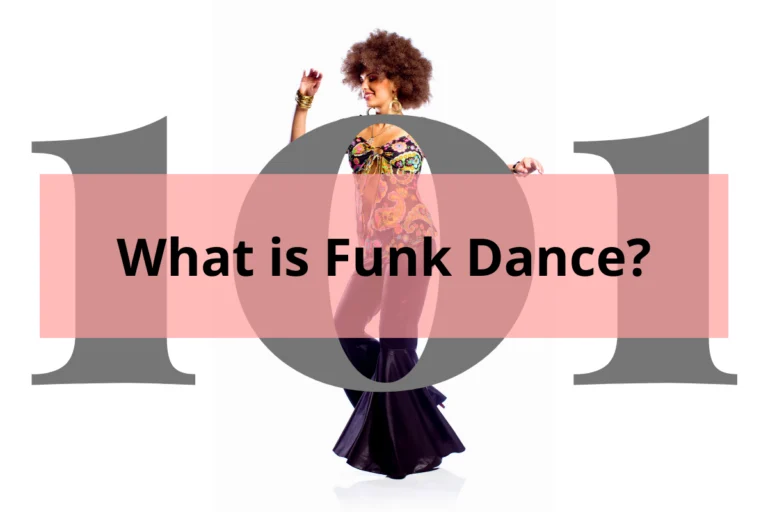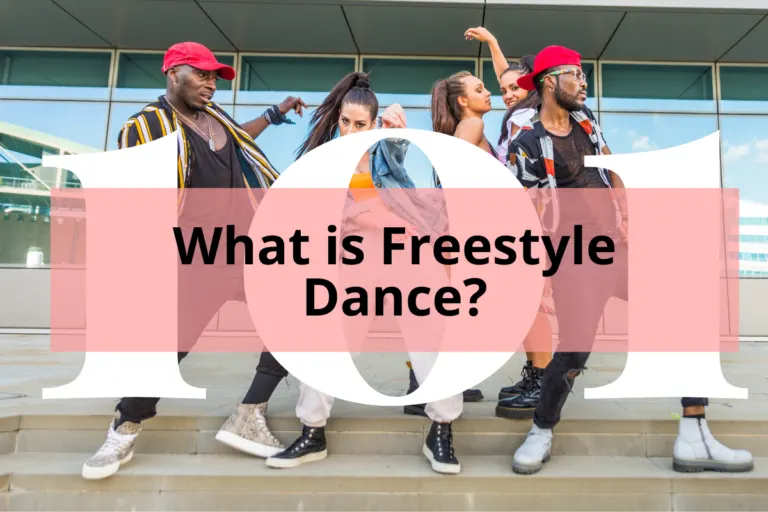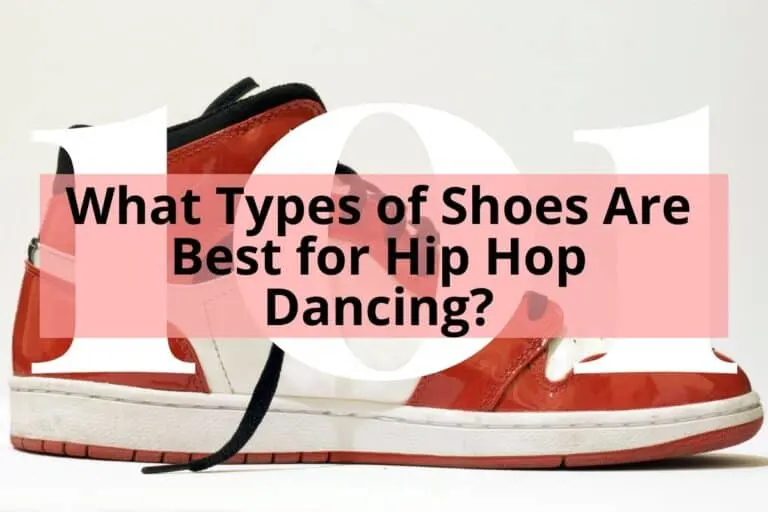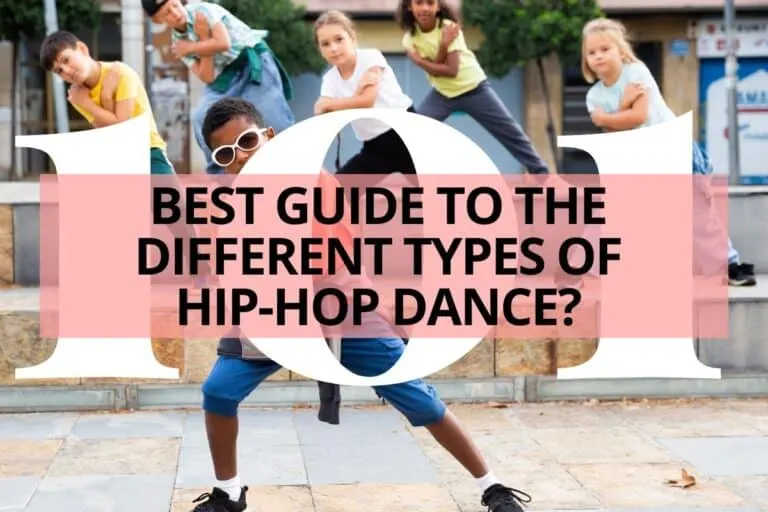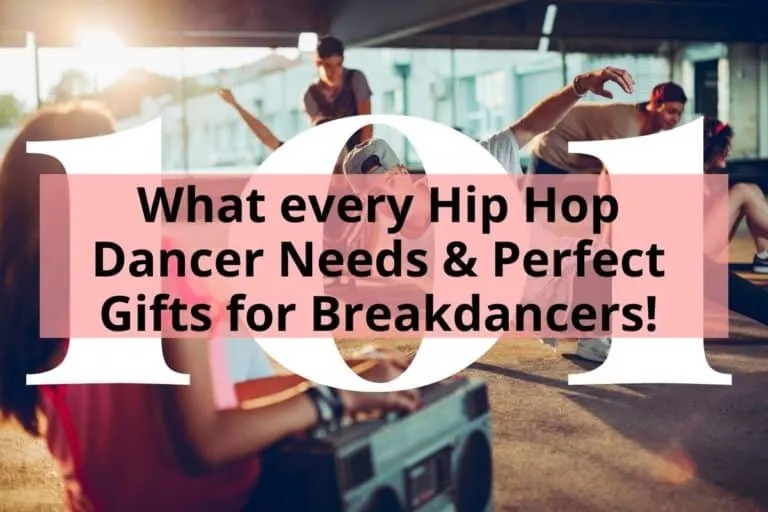By Heidi Williams / Edited by Samantha Bellerose, B.Ed, Dip.Dance(Performing Arts)
Most people can easily recognize the street style of dance commonly referred to as breakdance by moves such as people spinning on their heads, acrobatic tricks and basic rocking movements.
Breakdance is a style of street dance characterized by movements known as toprock, uprock, downrock, footwork, flips, tricks and more. It was the original dance of the hip-hop movement being born out of the South Bronx in the 1970s.

But what people don’t know is that breakers themselves never made up the term breakdance and that breaking in the Bronx was known as a non-violent outlet, to compete without causing harm.
Where did the term Breakdance – Breaking/Bboying/Bgirling all come from?
The term Breakdance is actually a term coined by the media in the 70’s to describe this new form of dance. The original dancers of this style were known as Breakers or Bboys and Bgirls. “The term “break” had more than one use in the 70s. It was often used as a response to an insult or reprimand, for example, “Why are you breakin’ on me?”
Break was also the section on a musical recording where the percussive rhythms were most aggressive and hard-driving. The dancers anticipated and reacted to these breaks with their most impressive steps and moves,” (Pabon).
What are the main moves in Breakdance?
The main elements of Breaking are Toprock, Go-Downs, Downrock (Footwork), Freezes, Power, flips and tricks and of course freestyle.
1. Toprock
Toprock is done while a bboy/bgirl is standing. “Some of the earliest dancing by b-boy pioneers was done upright, a form which became known as top rockin’. The structure and form of top rockin’ is infused and influenced by dance forms such as Brooklyn uprocking, tap, lindi hop, James Brown’s “good foot,” salsa, Afro-Cuban and various African and Native American dances. Dance is a reaction to the music, and so perhaps Rocking was a natural reaction to the rhythm of Funk Music, specifically the breakbeat portion.
There’s even a top rock Charleston step called the “Charlie Rock“! Early influences on b-boying/girling also included martial arts films from the 1970s. Certain moves and styles developed from this inspiration.” (Pabon).
2. Brooklyn Uprocking
Before Toprock, there was Brooklyn Uprocking which was also inspired by the same type of funk music as Toprock but was more “confrontational” with movements that would mimic an actual fight. As in the case of breaking, there was a strict no-touching rule but uprocking was pretty much dance fighting without the physical contact. Opponents used musicality, burns, and creativity to win.
The main difference between Brooklyn Uprocking and other styles of Breaking is that Breaking Bboys/girls take turns during a battle whereas Uprockers dance against each other at the same time, as if they’re fighting without touching.
3. Go-Downs
Go-Downs are simply the transition a dancer makes from their Toprock down to the floor. Some classic go-downs are knee drops, corkscrew, sweeps, hooks, and slides. The more creative a dancer is in their go-downs, the better, innovation especially in a battle always trumps old moves!
4. Footwork/Downrock
Downrock is when a Bboy/girl has hands and feet on the floor and includes footwork such as:
- 6 Step
- 5 Step
- 4 Step
- 3 Step
- CC Shuffles
- 12 Step
- Kick Outs
- Hooks
- Coffee Grinders
“Breaking footwork is mostly done in rhythmic circular-rotational movements, using the legs and hips, but it can also be done while moving in straight or diagonal lines across the floor, or in very complex patterns” (RedBull).
“Footwork and toprock both require being able to think in three dimensions, the ability to create your own moves, and the originality to imbue every individual movement with style, flavor, and originality.” (Rajakumar 19)
5. Freezes
A freeze is a stop, or any move that a bboy or bgirl can freeze or pause on the beat for several seconds. Some classic freezes are the Chair Freeze, Baby Freeze, Turtle or Stab, various headstands, various handstands, elbow freezes, etc. Stacking freezes is when you go from one freeze to another and another in succession on beat, i.e. Baby freeze, to headstand, to handstand without many transitions in between.
6. Power Moves
“Power moves are the most dynamic element of breaking, and even though everything in breaking can be done with power a ‘Power Move,’ in general, is when a B-Boy or B-Girl propels their whole body into a continued spinning or rotational motion, while balancing on their hands, elbows, head, back or shoulders. They also will either do one power move continuously in a sequence and end it in a freeze, or do a combination of different power moves, with one flowing into the other” (RedBull). Examples of classic power moves are Master Swipes, Headspins, Windmills, Flares, Air Flares, 1990s, 2000s, etc. At the advanced level, breakers will be able to transition from one power move to another seamlessly and creatively.
Breaking in the Bronx became a non-violent outlet, a way to compete without causing harm. “B-boys and b-girls would dance against each other, trying to one-up their opponent with each round. They earned pride, respect, and a sense of identity and purpose from entering and winning battles. Dance battles can be seen as a non-violent alternative to violence. Instead of asserting themselves with weapons or violence, they did so through dance. The dancers, DJs, and emcees all created an environment where everyone was respected for who they were and how they expressed themselves.” (Ma).
7. Flips & Tricks
Flips and tricks are when are breaker adds in acrobatic elements or add innovative dimensions to power moves that aren’t normally done. These moves really showcase the skills and creativity of the breaker and are usually the times you hear the audience gasp or give a cheer!
8. Freestyle
Freestyling is another word for improvisation. It is when a Breajer creatively puts together various elements of breakdance on the spot, inspired generally by the beat and music. They may incorporate previously choreographed phrases, linking them with familiar moves or experimenting with different dimensions of the movement such as making it fluid or popping then locking, taking it from toprock to downrock adding spins, twists or even acrobatics depending on where the music and the improvisation takes them.
Resources I recommend to further your knowledge and understanding of Hip Hop Dance
Price, Walter, and By. “In His Own Words: Krs One – Definition of Hip Hop ⋆ Global Texan Chronicles.” Global Texan Chronicles, 4 June 2017, globaltexanchronicles.com/words-krs-one/.
Clemente, Stefan Wiggles. What Are Hip Hop Dances, wigzee.biz/blog/?post=what-are-hip-hop-dances.
Pabon, Jorge. Physical Graffitti…the History of Hip Hop Dance BY Popmaster Fabel, of the RockSteadyCrew, Zulu Nation. https://www.daveyd.com/historyphysicalgrafittifabel.html
Adelekun, Emmanuel. “These Are the Basic Elements of Breaking.” Red Bull, Red Bull, 2 July 2021, https://www.redbull.com/us-en/understand-the-basic-elements-of-breaking
Rajakumar, Mohanalakshmi. Hip Hop Dance (The American Dance Floor). Greenwood Publishing Group, 2012 (Find this book on Amazon through out Affiliate Link here)
Ma, Jessie. “What Is Hip Hop Dance? Learn the History & Moves at Home.” STEEZY Blog, www.steezy.co/posts/what-is-hip-hop-dance
Trina. “A Brief History of Locking: The Lock and Short of It.” Hiphop.org.au, 2 Apr. 2021, https://hiphop.org.au/a-brief-history-of-locking-the-lock-and-short-of-it/
PacificRimVideoPress, director. YouTube, YouTube, 9 Aug. 2015, www.youtube.com/watch?v=qROnQORvHHc
“Hip-Hop: A Culture of Vision and Voice.” Hip-Hop: A Culture of Vision and Voice, www.kennedy-center.org/education/resources-for-educators/classroom-resources/media-and-interactives/media/hip-hop/hip-hop-a-culture-of-vision-and-voice/.
“Popping.” LA Street Dance, blogs.uoregon.edu/jerkrumpop/popping/
Further Reading
For more articles about Hip-hop and breakdance on Dance Parent 101 check out the following articles:


